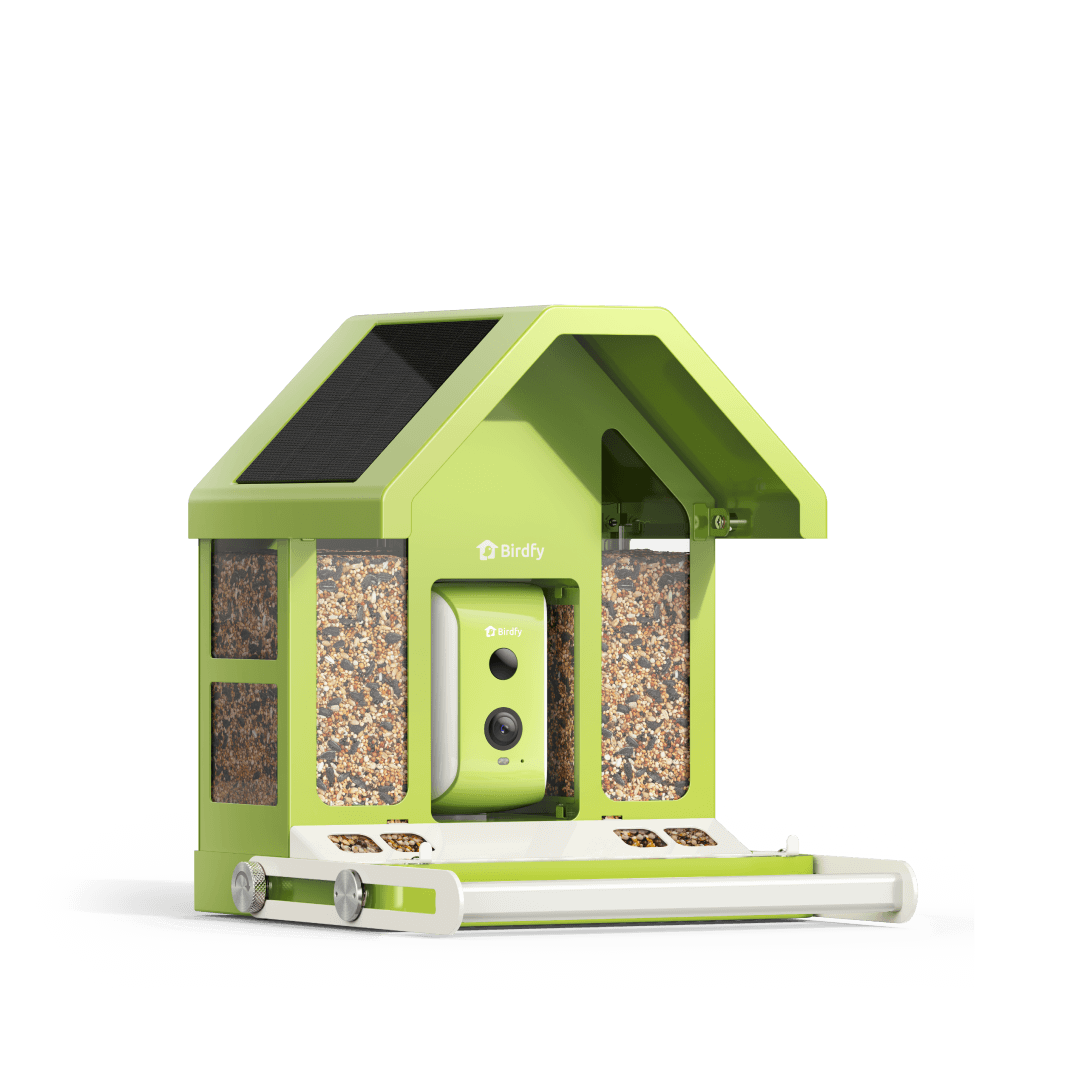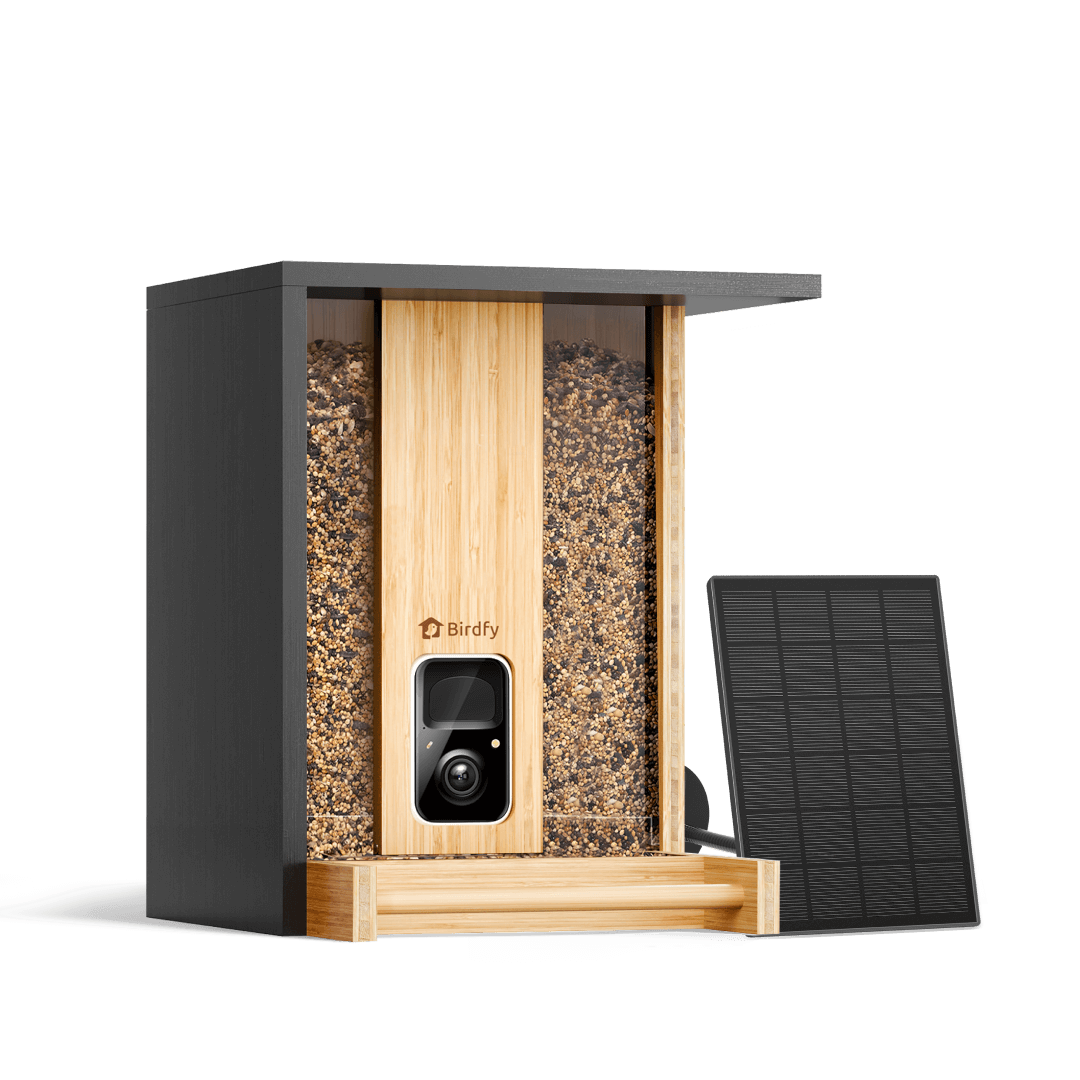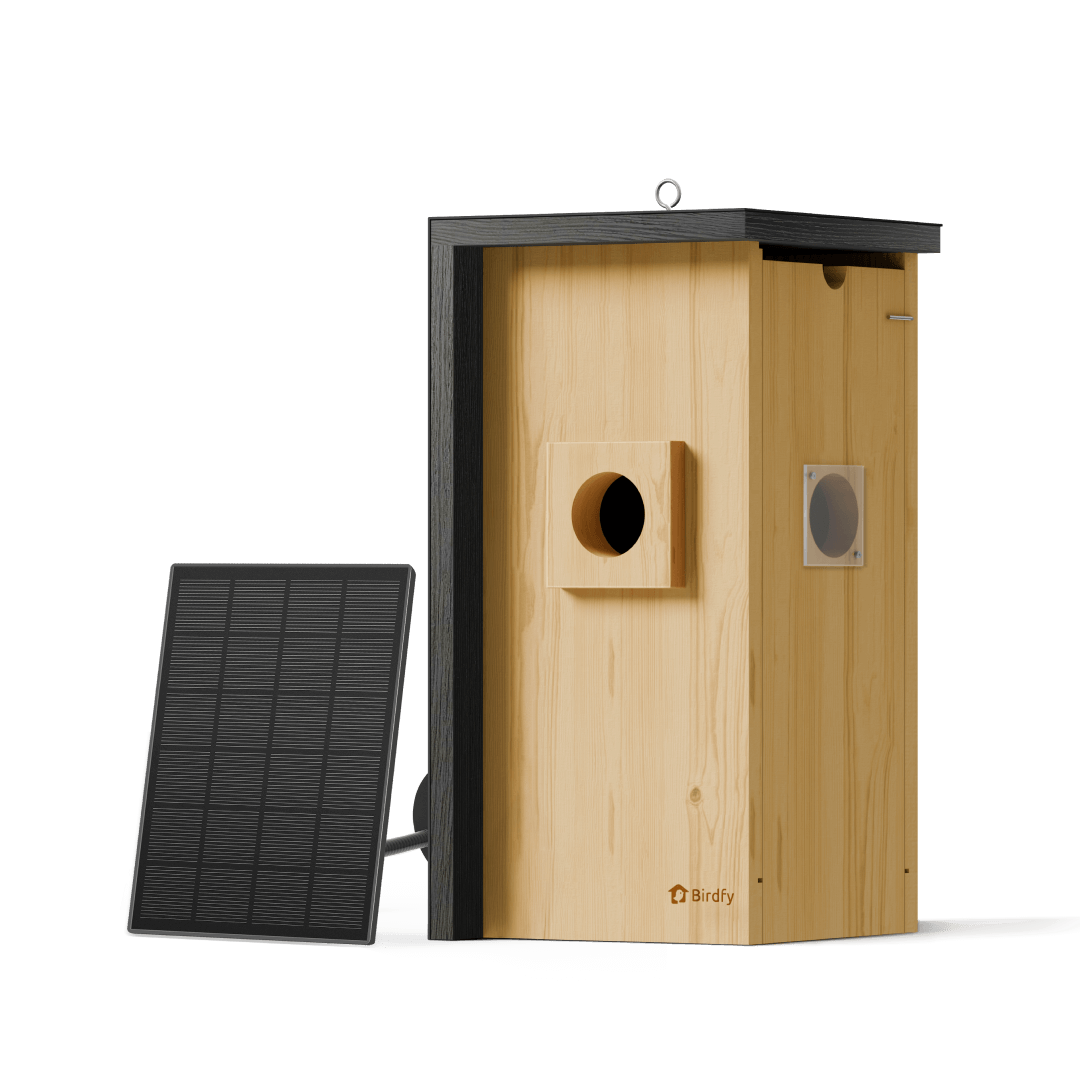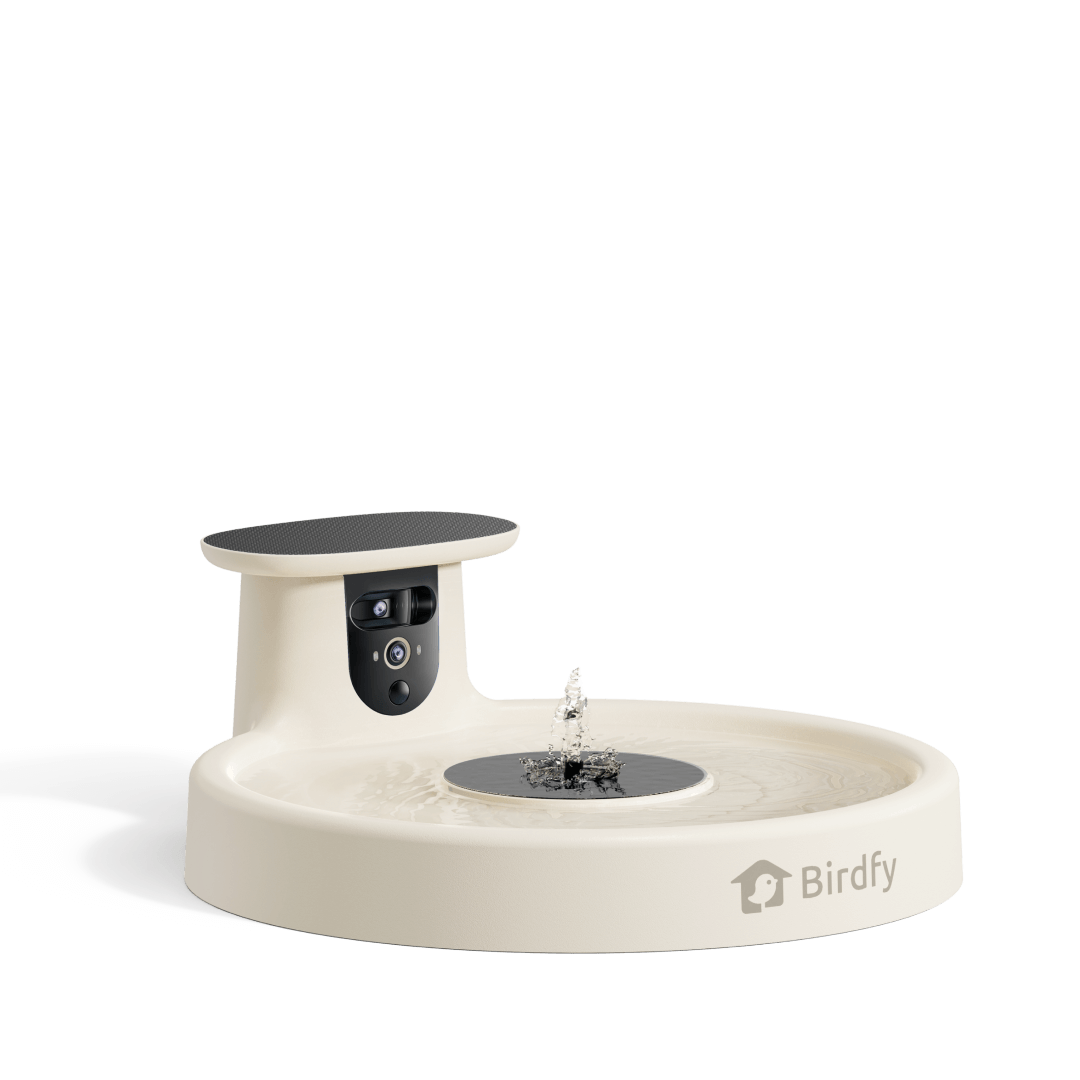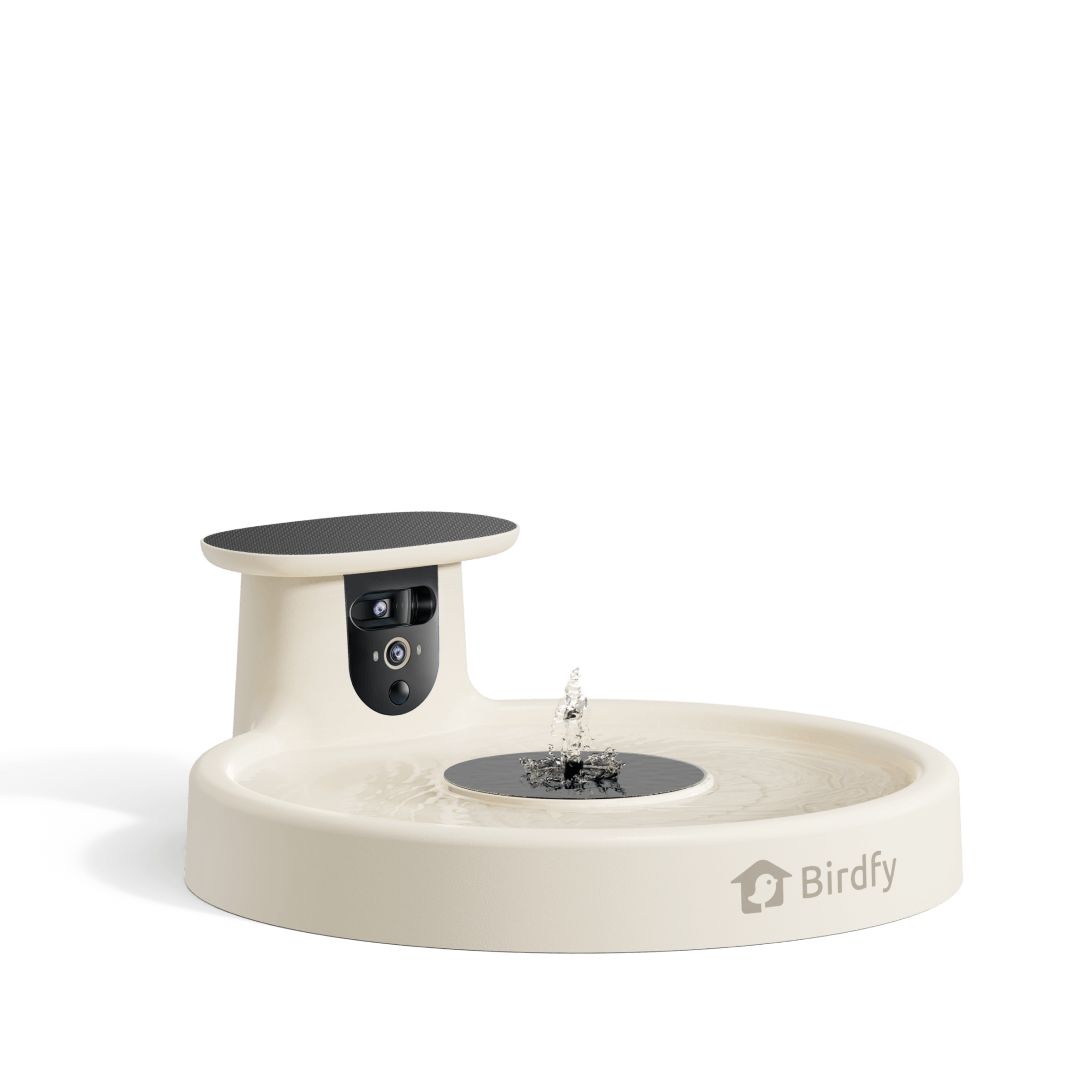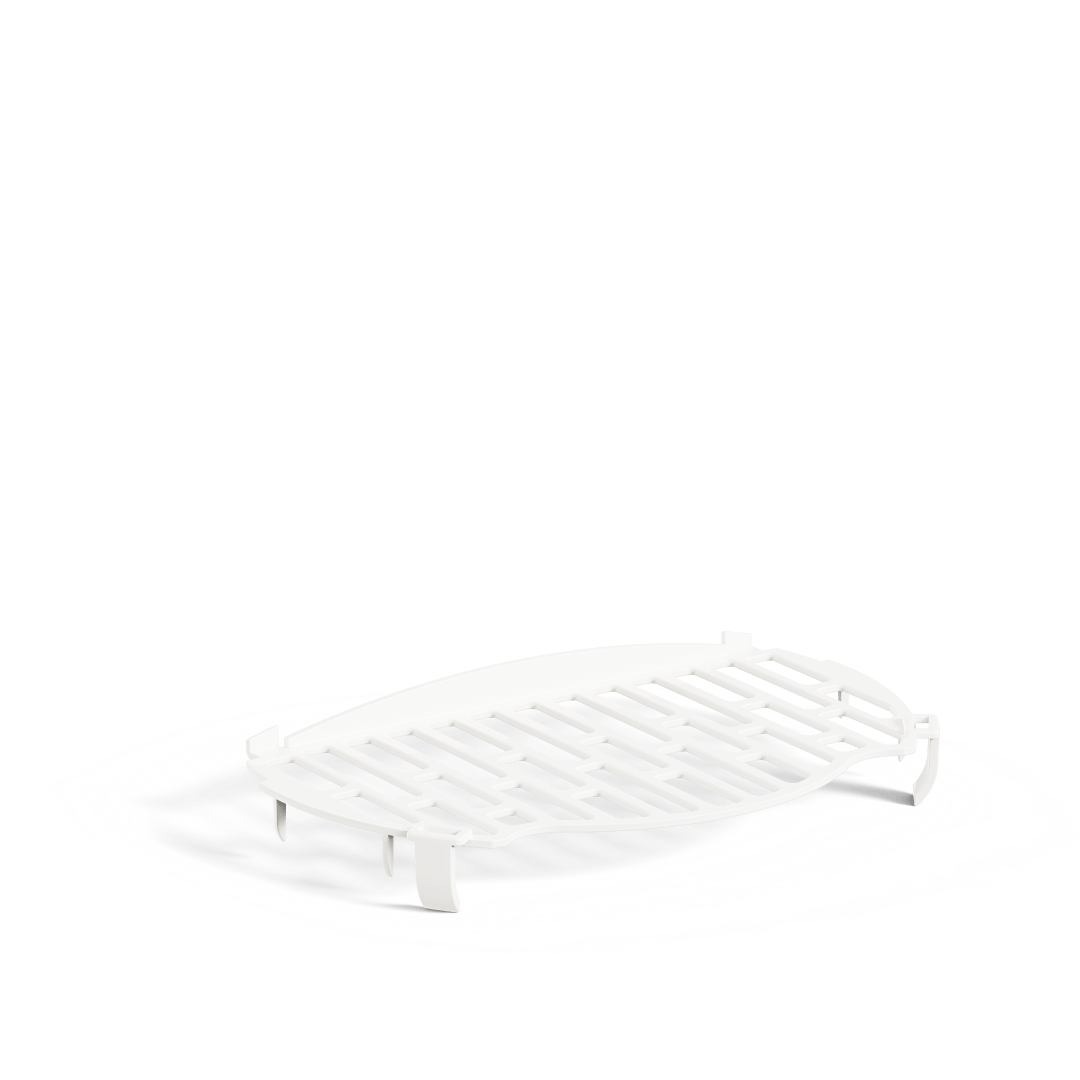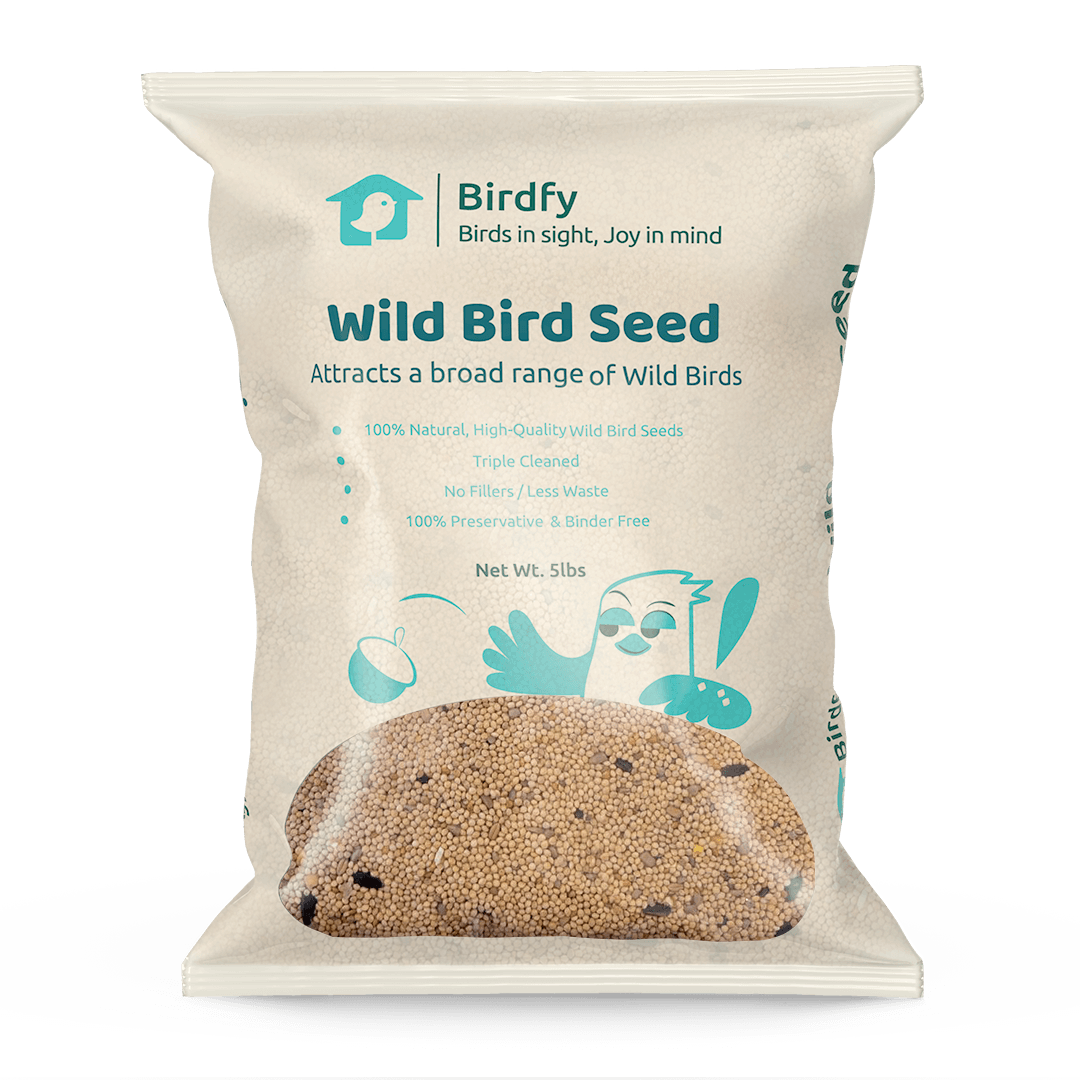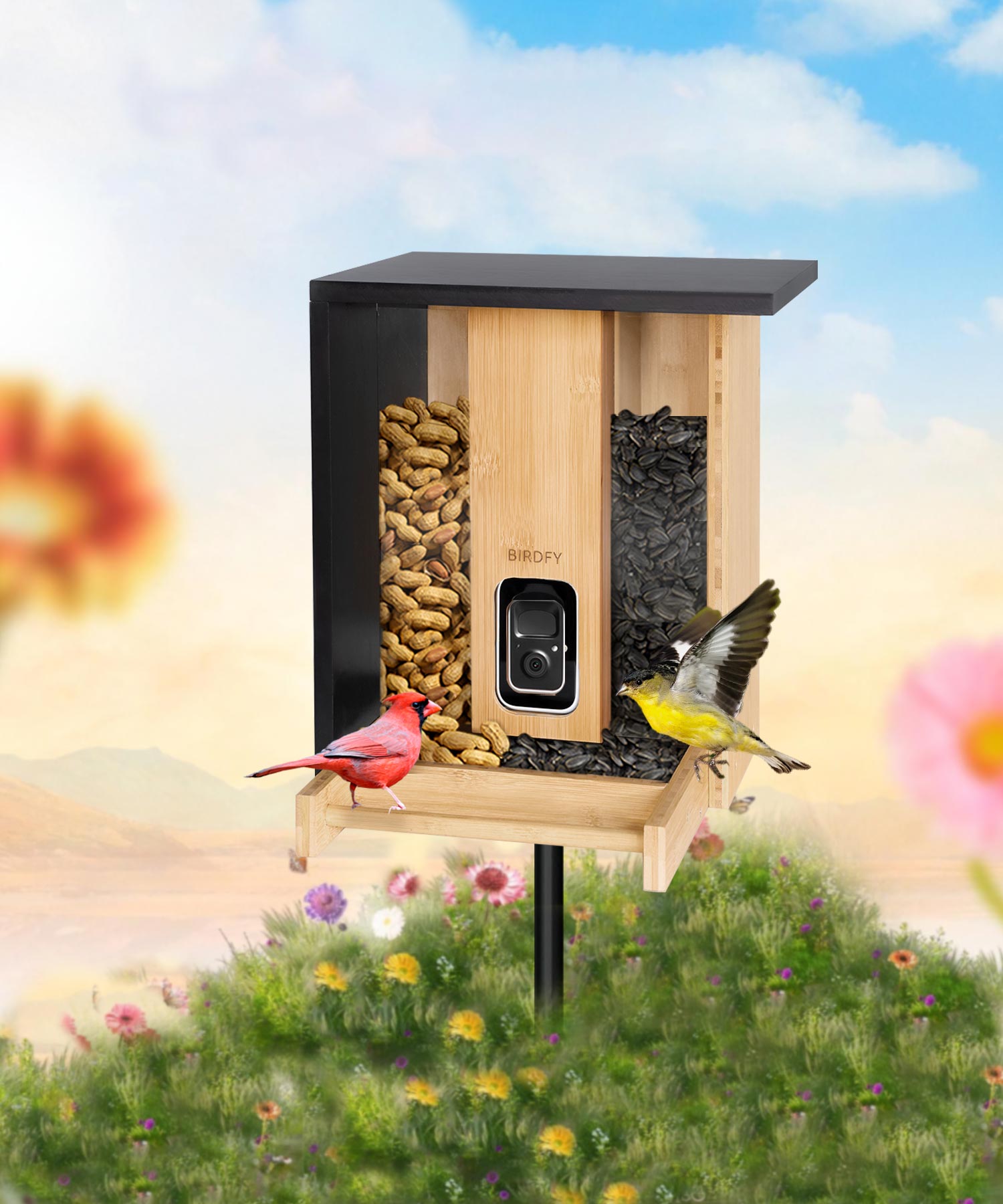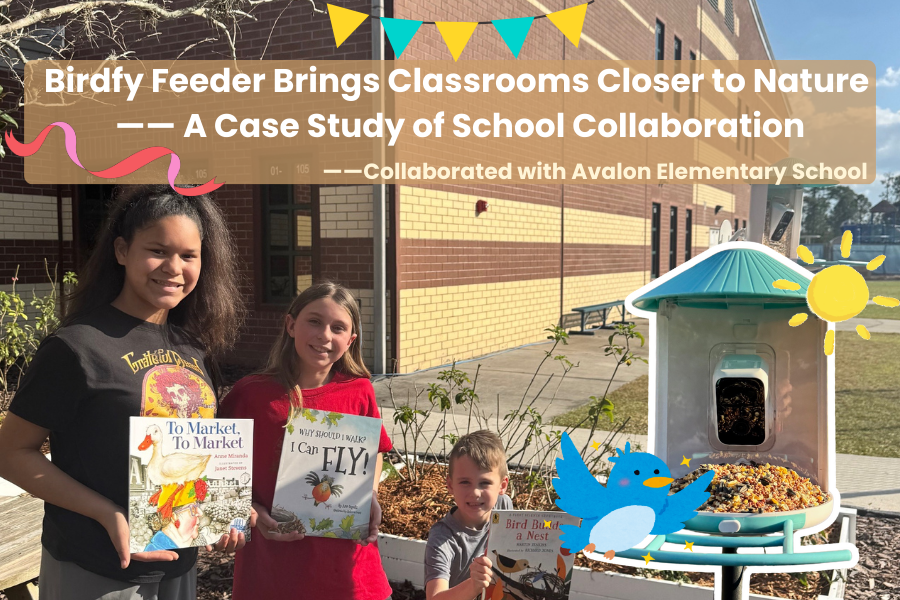Winged Wonders: A Guide to South American Birds
Inside this Article:

Part 1: Habitats and Birds

Delving deeper, we found that each of these habitats is not just background, but an important player in the story of South American birds. The dense foliage of the Amazon River Basin provides habitat and hunting grounds for birds, allowing them to develop complex behaviours and ecological niches. The high altitude of the Andes poses a formidable challenge to birds, giving them extraordinary adaptations in flight and metabolism. The vast wetlands of the Pantanal are breeding grounds for many bird species and are vital to their continued survival. Simultaneously, the harsh beauty of the Patagonian steppe tests the adaptive capacity of its avian inhabitants, thus demonstrating evolutionary wisdom. With this guide, we will gain a deeper understanding of the intricate web of life that thrives in South America's diverse landscapes.
Part 2: Iconic Birds of South America
I. Amazon Rainforest Birds
Macaws: The Brightest Colours in the Rainforest

The macaw is one of the most colourful and vibrant birds in the Amazon rainforest. With their striking plumage that includes blues, reds, yellows and greens, macaws are one of the largest and most striking members of the parrot family. Their feathers are not just for show, but also play a vital role in the communication and mating behaviour of these birds. Macaws live primarily in the rainforests of South America, particularly in the Amazon River basin, where an abundance of large trees provide a rich source of food, such as fruits, nuts and seeds. These social birds often form long-term pair bonds and are known for their loud calls, intelligence and powerful beaks that crack open hard-shelled nuts.
Toucans: The Iconic Beaks

With its huge, colorful beak, the toucan is one of the most iconic symbols of the rainforest. Despite their aesthetic beauty, toucans' bills are surprisingly lightweight, consisting of a hollow skeletal structure covered in keratin. These distinctive beaks are not just for aesthetic purposes; they also serve practical functions such as picking fruit from branches, peeling, slicing, and dicing. These birds are found throughout the rainforests of South America, especially in the Amazon River basin. They are usually found in small flocks and are known for their playful behaviours and loud frog-like calls.
Harpy Eagles: Top Predators of the Sky

Harrier hawks are apex predators in the Amazon rainforest, renowned for their superior hunting skills and incredible size. They are one of the largest and most powerful hawks in the world, equipped with huge sharp talons and razor-sharp beaks, and specialise in hunting large arboreal prey such as sloths and monkeys, and their hunting skills are a marvel of speed and accuracy as they can move through the dense forest with ease. With their broad wings and black and white plumage, the harrier eagle is a symbol of Amazonian power and mystery.
II. Andean Highland Birds
Andean Condor: The Symbol of the Andes

The Andean condor is a majestic bird that is a symbol of strength and freedom in the Andes. One of the largest birds of prey in the world, this condor is characterised by its huge wingspan, which can exceed 3 metres (10 feet), enabling it to soar gracefully at high altitudes. The condor's plumage is black and white, with a distinctive white feathered bib at the base of the neck and a large fleshy crest on the top of the adult male's head. Andean condors feed primarily on carrion and play an important role as natural cleaners in the ecosystem. These birds favour rocky mountain areas where heat currents help them fly. In many Andean cultures, the condor is revered as it symbolises the link between the earth and the heavens.
Hummingbirds: High-altitude Jewel-tones

The Andean highlands are home to a wide variety of hummingbirds, known for their vibrant colours and extraordinary flying abilities. These tiny, jewel-coloured birds are able to hover in mid-air thanks to their rapid wing flaps, which can reach up to 80 times per second. This unique characteristic allows them to feed on nectar in the air. The Andean highlands are home to a huge variety of hummingbirds, each with a dazzling array of colours, from iridescent greens and blues to vivid reds and purples. Hummingbirds range in size from the world's smallest to the largest. Hummingbirds are not only the primary pollinators in their ecosystems, passing on pollen as they feed on nectar, but they are also incredibly migratory, with some moving thousands of kilometres for seasonal abundance of food.
III. Pantanal Wetland Birds
Jabiru Stork: The Giant of the Wetlands

The Jabiru stork is a giant among the birds of the Pantanal wetlands and an iconic animal of this vast aquatic ecosystem. At 1.5 metres (about 5 feet) tall, it is the tallest raptor found in South America. It has a striking appearance, with most of its body white and its head and neck black, with a distinctive red band on the underside of the neck that becomes more vibrant during the breeding season. The Jabiru stork has a large, sharp, slightly upturned bill and is adept at catching fish, amphibians, and even small mammals and reptiles, and studies have shown this bird to be a skilled hunter in wetlands. They nest in large trees, often forming colonies where they build huge stick nests and reuse and build additional ones each breeding season, becoming a feature of the Pantanal landscape.
Hyacinth Macaw: The Vibrant Blue Parrot

The Hyacinth Macaw is an awe-inspiring sight in the Pantanal wetlands, celebrated for its stunning cobalt-blue plumage and contrasting bright yellow rings around the eyes and at the base of its beak. As the largest flying parrot species in the world, it can reach lengths of up to 100 cm (about 39 inches). This vibrant blue parrot has a powerful beak, capable of breaking even the hardest nuts and seeds, which comprises a significant portion of its diet, including the native acuri and bocaiuva palms. The Hyacinth Macaw is known for its strong social bonds, often seen in pairs or family groups, and is noted for its loud, raucous calls that echo through the wetlands. Despite its beauty and charisma, the Hyacinth Macaw relies on specific nesting sites and food sources, which link it intrinsically to the health and preservation of the Pantanal ecosystem.
IV. Patagonian Birds
Magellanic Woodpecker: Titans of the Patagonian Forests

The Magellanic woodpecker is a large and striking woodpecker endemic to the forests of Patagonia. It is one of the largest woodpecker species in size, with the males being black with a bright red crown, and the females having predominantly black plumage with reddish undertones. Often in pairs or small families, these birds forage for insects, especially beetle larvae, on tree trunks and branches. Their presence is indicative of healthy, mature forests, as they rely on large, ancient trees for foraging and nesting. The drumming sound of their pecking echoes through the forest, a sound unique to Patagonian woodlands.
Austral Parakeet: Emerald Voyagers of the Southern Skies

The world's southernmost parrot, the Australian parrot is a vibrant green bird that adds a splash of colour to the Patagonian landscape. Adapted to the cold temperatures of the region, these birds are thickly feathered and are able to forage for a variety of foods, including seeds, fruits and insects. They are highly social, often found in flocks, sometimes even mixing with other birds. Australian parrots can be seen in flocks during Patagonia's harsh winters, which helps them stay warm and forage more efficiently.
Andean Flamingos: Pink Dancers of the Salt Flats

The Andean flamingo is one of the most visually striking birds of prey on the high-altitude salt flats of the Andes, stretching to Patagonia. They are known for their beautiful pink plumage, which contrasts with the stark white landscape of their saline habitat. These birds are well suited to living in this saline environment, with specialized glands to excrete excess salt and long legs to wade through shallow water. Andean flamingos feed on algae and plankton, hence their pinkish body color. They are also known for their synchronized mating dance, which consists of a series of coordinated movements and sounds that display a fascinating natural beauty.





